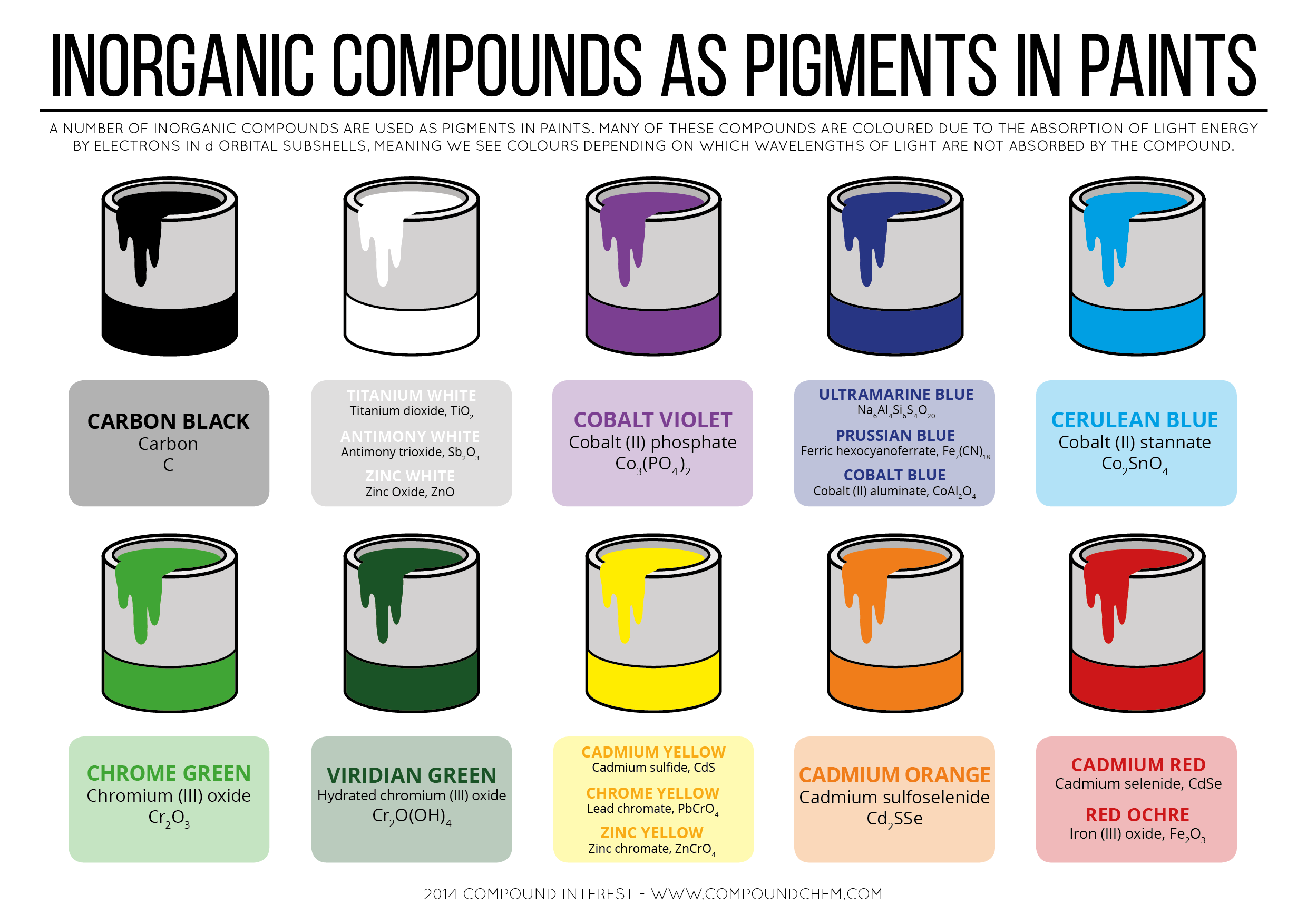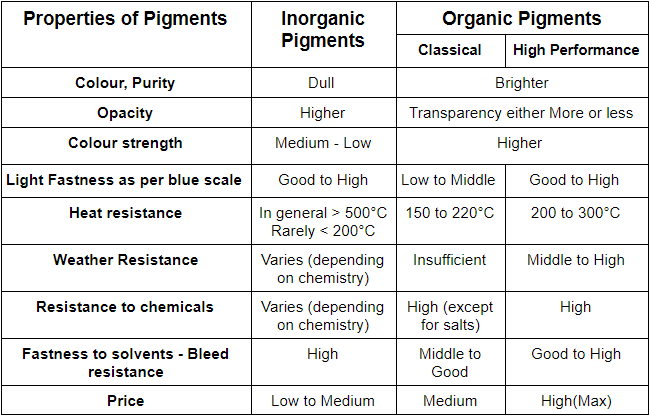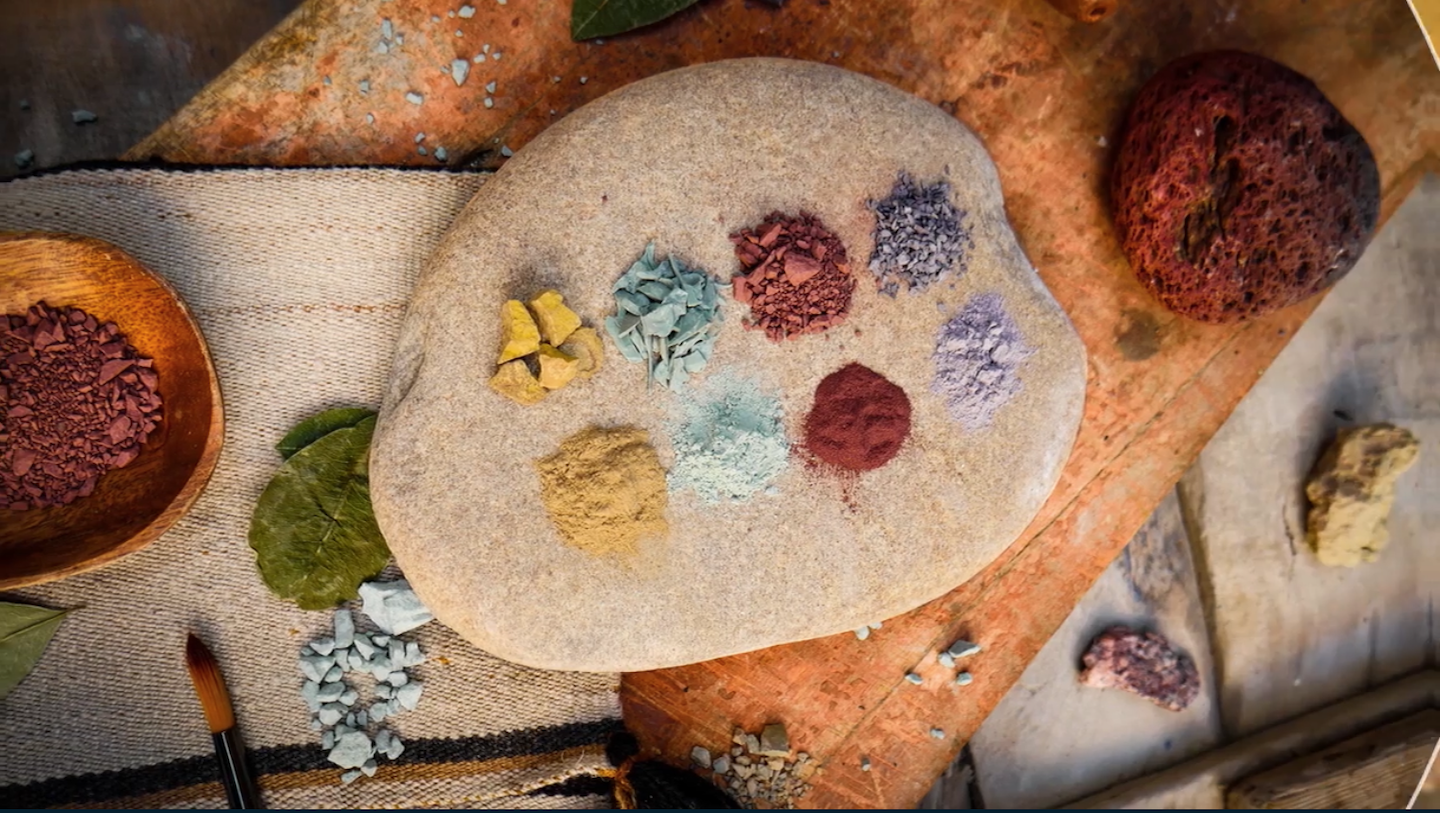Reference




Reference




OpenAI's Answer
Paints can be made from both natural and synthetic pigments, each offering unique characteristics and hues. Here are some examples of each:
Natural Pigments
-
Ochre: One of the most common mineral pigments, ochre is sourced from naturally occurring earth minerals and has been used since ancient times for its yellow to brown shades. Source
-
Cadmium: Typically derived from natural minerals, cadmium pigments offer bright reds, oranges, and yellows.
-
Carbon: Produces deep blacks and is often used in fine art for its density and lightfastness.
-
Vermilion: Historically made from mercuric sulfide, offering a vibrant red color.
-
Lapis Lazuli: A precious natural mineral that produces the historic ultramarine blue, once prized in Renaissance paintings. It is now often replaced by synthetic alternatives due to cost. Source
Synthetic Pigments
-
Titanium Dioxide: A widely used white pigment known for its brightness and opacity, often replacing lead white due to safety concerns.
-
Phthalocyanine: These are synthetic blue and green pigments known for their vibrant hues and stability, used extensively in industrial applications.
-
Quinacridone: A modern synthetic pigment that gives highly stable red to violet hues, favored for light resistance and saturation.
-
Azo Dyes: Synthetic organic dyes that provide a range of colors, particularly used in modern paints for their range of warm tones.
-
Alizarin Crimson: Originally a natural pigment made from madder plant, but now predominantly produced synthetically for greater consistency and intensity.
Comparison Image between Organic and Inorganic Pigments:

For more information on the transition and differences between natural and synthetic pigments, see the sources from Jackson's Art and Invaluable.
These examples illustrate the diversity of pigments used historically and in modern times, each offering specific attributes in color, transparency, and intensity.